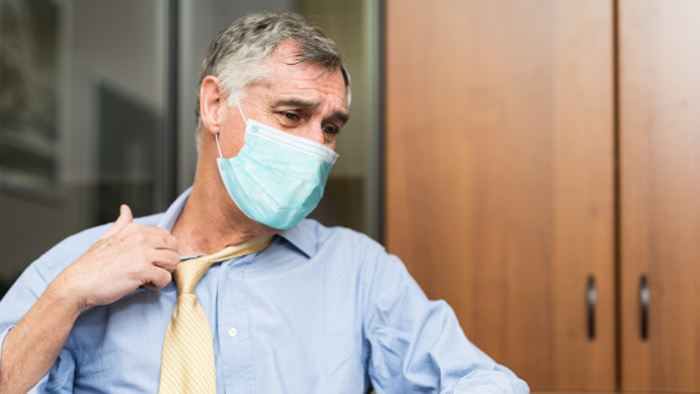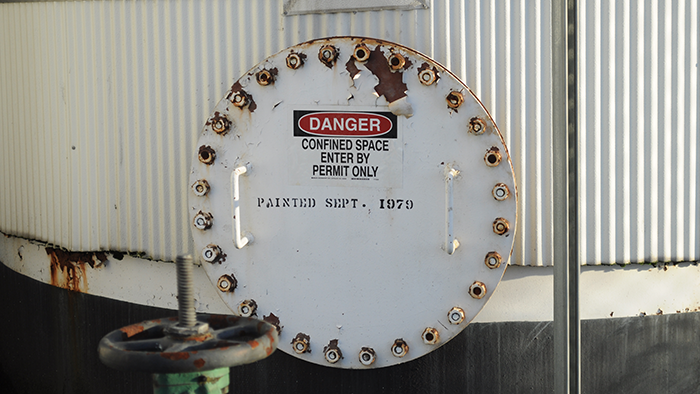Amendments to Respirator Regulations in 2020
Jan 22, 2020 Fit Testing, Occupational Health & Safety RegulationsThe start of a new year and a new decade (in this case) is a fantastic time for renewal and change. So we may hit the gym, stop eating take-out, and of course, pay attention to the amendments to Regulation 833 which took effect January 1st!
So I assume at this point I have gotten a few eye rolls, perfect.
Next, you are asking yourself – what the heck is Regulation 833? Easy – it’s the Control of Exposure to Biological or Chemical Agents. In other words, it is the regulation about air quality and contaminants in your workplace. How much of say, hardwood dust can be in the air – (1 mg/m3 Time-Weighted Average Limit (TWA) in case you were curious).
The real question with all of this is: how does it affect me? Since January 1st, 2020 marked the implementation of new regulatory amendments concerning respiratory use in the workplace; there is now a mandated requirement for a program and procedure.
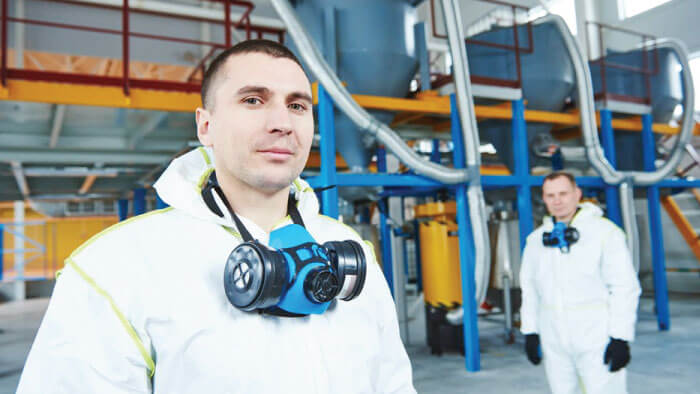
In this post, we will examine:
- Summary of the amendments
- What this means for employers using respiratory protection
- The role of supervisors and workers
- Outline of a program and procedure
- How we can help
Summary of the Amendments
So, if you are like me, nothing is worse than the changing of laws and regulations. Not because of their potential financial implications, but because figuring out exactly what has changed in sometimes a pain in the backside.
All of the changes to Regulation 833 came by way of, wait for it… wait for it… another regulation. This regulation is called O. Reg 185/19. When you read through it, the changes become clearer. Some reference to 833 will still be needed to fully comprehend it, but let’s summarize.
Firstly there have been some additions to definitions.
By my count, there are 15 new terms listed to be used in your organization’s respirator program and procedures (more on that to come, yay!), such as qualitative and quantitative fit testing, direct-reading instrument, IDHL atmospheres, etc.
Next, we finally have clarification on STEL or Short Term Exposure Limit. It used to say “to which a worker may be exposed in any 15-minute period”, this opened the door to multiple exposures throughout the day.
Now it reads, “STEL or short-term exposure limit means the maximum airborne concentration of a biological or chemical agent to which a worker may be exposed, (a) in any 15-minute period, (b) no more than four times during an eight-hour work shift, and (c) with at least one hour between exposures”. This sets new limits, which for my mind – makes more sense.
Another amendment listed is the addition to the hierarchy of controls with “substitution” in-between elimination and engineering controls. This is more in line with any modern occupational health and safety textbook I read while in school, again so for me – makes more sense.
Now the fun stuff!
Section 6 of the regulation was revoked and replaced. It now reads “6. (1) An employer shall ensure that procedures for monitoring, sampling, and determining airborne concentrations of a biological or chemical agent and worker exposure to airborne concentrations of a biological or chemical agent…”
So there is now a requirement specifically for written procedures regarding how the employer intends to test and monitor contaminants, which is to say, stay legal.
If your organization currently has part of its industrial hygiene program controls and testing schedules you are in the clear. If not, you might be in violation of either the amendment or any of the exposure limits. You might have some homework to do.
Lastly, in terms of changes, we arrive at the respiratory protection program.
Sections 9 through 13 of the amendments list out the need for and content requirements of a program (policy, procedure, training, maintenance, monitoring, inspections, etc) that covers the use of respirators in your organization. Now, as the legislation is the statutory basement, so to speak, I am hoping that most organizations that use this equipment will already have something in place. If not, no time like the present!
What this means for Employers using Respiratory Protection
So if you find yourself in the camp of “oh crap, I have got nothing in place” – fear not! The regulation spells out exactly what it is looking for.
An organization who “provides a worker with a respirator shall establish written measures and procedures regarding the selection, care and use of respirators” – which means have a respirator program.
This program must include: proper selection of equipment based on need (compressed vs ambient air) be provided to the worker, provide training on its use, limitations, inspection, and proper fitting to name a few.
An example of something like fitting a respirator involves a quantitative or qualitative fit testing. If gas meters are involved as part of your written procedure mentioned above, the procedures for calibration must be in accordance with the manufacturer’s written instructions.
As an organization, take a look at your existing program and compare it to the amendments. If you match and exceed – awesome! If not, keep reading.
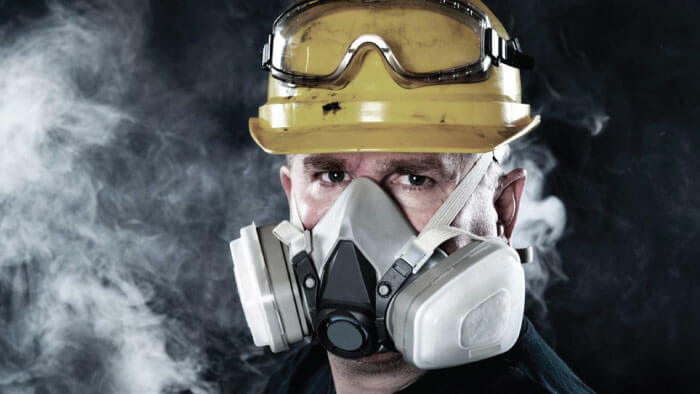
The Role of Supervisors and Workers
With any change comes training, and your program is obviously going to reflect that. Now, who to train falls onto who will be using this equipment.
Let us start with supervisors.
A supervisor might not be the one physically doing the work (but not impossible); they are there to ensure that the work is being done safely. In a previous post about the internal responsibility system, we covered the need for a supervisor to be a competent person and their role overall in regards to legislative responsibilities.
When it comes to respirators, the amendment has been clear in its intentions:
- Supervisors must be aware of the hazards and limitations of the personal protective devices being used and communicate this to the worker.
- They must ensure they are wearing the equipment that the worker’s employer requires to be worn (as well they will check daily for fit and condition of said gear).
- They must provide written instructions to the worker regarding measures and procedures to protect them as prescribed by Regulation 833.
Workers will have the same internal responsibility system responsibilities, as well:
- Use the equipment required by the employer and use it properly (Ex: conducting positive and negative pressure user seal checks prior to every use of a tight-fitting elastomeric respirator).
- Inspect their respirators for defects such as damage or need of filter change and report issues to their supervisor.
- Ensure all coworkers are following the organization’s program as it relates to respirators.
- They will NOT work in any way that can hurt themselves or others – either for immediate damage or long term health effects.
This may cause issues with some workers – the beard is back – I get it. However; the amendment is clear on this subject. “A respirator that is designed to be tight-fitting shall not be provided to, or used by, a worker with facial hair that comes between the sealing surface of the facepiece and the face or that interferes with the functioning of the respirator.”
Outline of a Program and Procedure
The purpose of this program is to prevent the inhalation of air-born contaminants found in your workplace. Ultimately it is the employer’s responsibility to prepare, implement, train, and monitor this program.
The amendment approved the use of “Quebec Model” for calculation of contaminants for irregular shifts. To ensure your program is effective, medical surveillance may be required depending of the type of hazards present. The Joint Health and Safety Committee will be involved in the testing that takes place, and part of your monthly inspection should involve ensuring elements of your program such as inspection and maintenance are done on schedule.
The CSA has a standard that will set out the expectation regarding your program called Z94.4-18.
The standard states that “A respiratory protection program shall include the following roles: (a) program administrator; (b) respirator user; (c) supervisor; (d) person selecting respirators; (e) fit tester; (f) issuer of respirators; (g) maintenance personnel; and (h) health care professional.” It then goes into detail about how each role should be executed to ensure the safety of all exposed workers.
What Z94.4-18 gives us is structure. Your program must include roles and responsibilities, a hazard assessment, respirator selection, training, respirator fit testing, use of respirators, cleaning/inspection/maintenance and storage of respirators, health surveillance, program evaluation, and finally – record keeping.
If your program matches what is listed by the CSA, I would argue that your organization is in a very good place to be. These amendments should not drastically change your operations.
If you are really not liking me at this point due to the amount of work I have just created for you, you’re welcome! I aim to please.
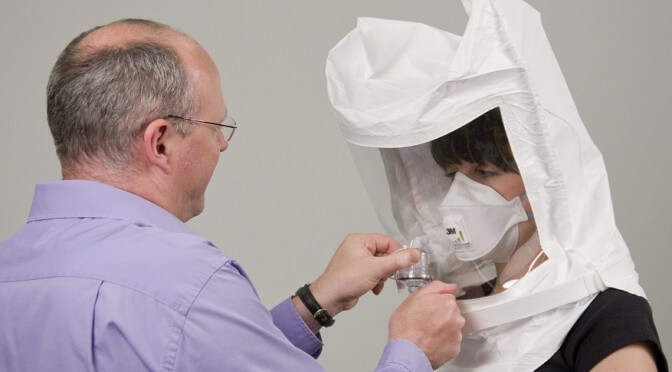
How We Can Help
Now, my manager David ([email protected] for any questions) has a belief contrary to my own. He thinks that not everyone reads CSA standards and amendments to legislation and regulations for their enjoyment.
I know, hogwash! This is fun stuff.
However the more I talk to participants about the new and exciting changes – I see a slight glaze go over their eyes. Perhaps he has a point.
In either case, we at Industrial Safety Trainers are here to help. If you have any questions about any of the amendments to Regulation 833, shoot us an email, give us a call. Sometimes you are on the right track and need a sounding board, sometimes you need a little adjustment to your present course. Either way, we all have the same goal in mind.
Let’s all go home safe.
Geoff Rowatt | CHRP | Safety Trainer

